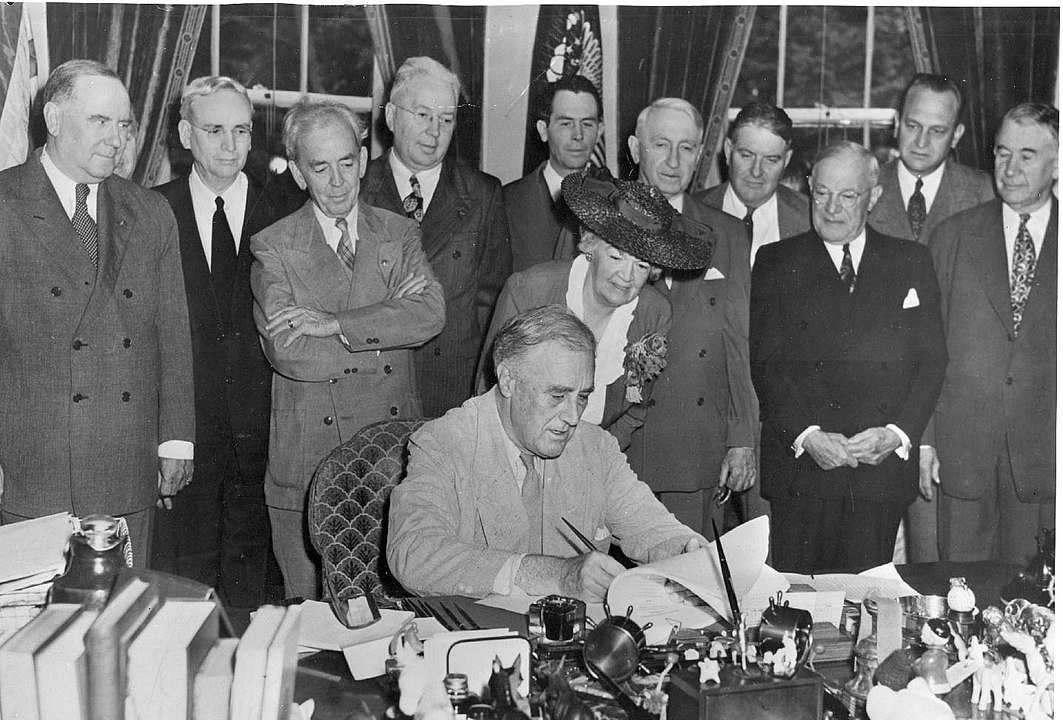Authors:
Historic Era: Era 9: Postwar United States (1945 to early 1970s)
Historic Theme:
Subject:
October 2005 | Volume 56, Issue 5


Authors:
Historic Era: Era 9: Postwar United States (1945 to early 1970s)
Historic Theme:
Subject:
October 2005 | Volume 56, Issue 5
The law of unintended consequences is usually invoked to explain political disasters. Take Prohibition. Its millions of advocates thought that it would free the country from the scourge of drink, inducing fathers to spend time with their children, instead of squandering their pay at the local saloon. What we got, of course, was Al Capone.
Sometimes, however, while the consequences are just as unintended, they turn out to be beneficial. This was true of the Servicemen’s Readjustment Act of 1944, far better known as the GI Bill of Rights. The ostensible purpose of this famous piece of legislation was to reward millions of World War II veterans for a job well done. Its underlying aim was to keep as many of those veterans as possible out of the job market for as long as possible, for nearly every economist was predicting renewed depression with the war’s end.
The GI Bill accomplished these purposes, and much, much more besides. Indeed, it played no small part in powering the longest-sustained burst of economic growth in American economic history and allowing the baby-boom generation to grow up nestled in the bosom of an economic prosperity such as the world had never seen.
Veteran benefits have a long history in the United States. As early as 1636, the Plymouth Colony passed a law stating that “if any person shall be sent forth as a soldier and shall return maimed, he shall be maintained competently by the Colony during his life.” Revolutionary War soldiers who had been wounded were given pensions, as were the widows and dependents of those killed. 19th-century soldiers often got land grants as a reward for service, and these amounted over the course of the century to almost 75,000 square miles, an area larger than the state of Missouri.
In the early 20th century, the frontier having closed, veterans were promised bonuses in future years. After World War I, disabled veterans were eligible for a monthly education-assistance allowance.

As early as 1942, while the outcome of the struggle was still far from certain, planning began for the postwar era. With the American economy turning increasingly into a war machine, and with eventually 16 million men and women in uniform, it was clear that strong measures were needed to prevent economic chaos in the wake of victory.
In January 1944, what would become the GI Bill was introduced in Congress, and veterans’ groups such as the American Legion and the Veterans of Foreign Wars pushed it hard. The bill initially called for a large increase in medical benefits for veterans and unemployment benefits of about $20 a week for up to a year.
More importantly, it asked the federal government to underwrite the education of returning veterans up to $500 a year for tuition and a subsistence allowance of $50 a month. Loans of up